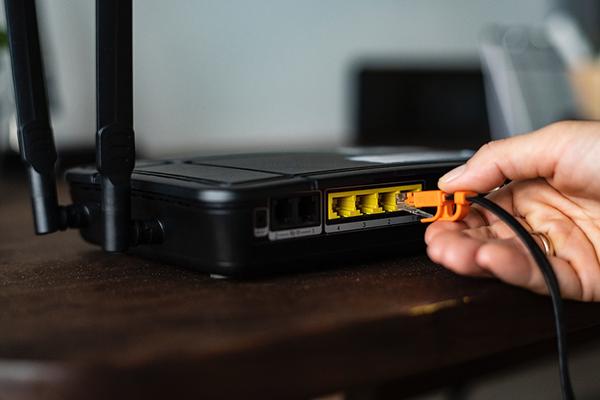There are various types of inside antenna for professional installers of mobile phone signal boosters. In this article, we will discuss the different varieties of an inside antenna. The function of an inside antenna is to broadcast signals throughout the inside of a building. Two different types of the inside antenna will be examined, how they can be installed, where they should be installed, and how they differ. The two types of antenna are the panel and the dome antenna. The main difference between the two comes down to how they broadcast the inside signal or radiation pattern.
Dome antennae transit a 360-degree signal around the phone horizontally. Imagine it as being a ball cut in half. The little signal is sent from the top of the dome antenna. This is significant as any separation between the outside and inside antenna influences the set up of a signal booster system. This means you will have more storing space when setting up the antenna.
The panel antenna emits a signal at an approximately 70-degree angle. Imagine this as if it were a flashlight beam. Similar to the dome antenna, a little signal will be emitted from the rear of the antenna regarding radiation patterns. A difference between the two is the distance of the broadcast signal and how it is boosted. View the video below for a full illustration.
Coverage areas will always depend on the availability of the signal strength outside of the building. It is common for a person to receive approximately 50 feet of coverage using a dome antenna and approximately 75 feet of coverage using a panel antenna. You will receive even further coverage if you have a strong outside signal when opting for the antenna to be installed. Consider the shape and the size of the space being covered to determine which is the best option. You should also look at the factors influencing the antenna and its effectiveness.
The dome antenna is beneficial in larger areas with commercial applications. As they broadcast a signal in all directions, the dome is best installed in drop ceilings where they can provide a signal to all people in the broadcast range. Conversely, the panel antenna is suited for buildings with high ceilings or corridors. Since the panel broadcast zone is wider than the dome zone, it can be placed on the wall of a home and reach throughout the house.
Both the dome and the panel antennae are simple to install using a dual antenna. All you need to do is drill a hole approximately eleven-sixteenths of an inch in the ceiling. Slide the threaded antenna rod through the hole ensuring that the antenna is flush with the ceiling. Once in place, you just screw on the antenna nut. Connect your cable to the antenna and you’re set to go! Please note that a panel antenna comes with mounting brackets. The brackets increase the stability of the antenna. Attach the bracket to the wall and slide the antenna onto the bracket before attaching your cable.
Both the panel and the dome antenna offer alternatives for N or F female connectors. This means that you can use both antennae to connect with your cable. Due to the relatively slim profile, the panel antenna is more beneficial. It can be hidden behind a bookcase, inside of a wall, or behind another form of furniture. This is useful to help make the installation invisible.
While the amount of signal being transmitted moves from the top of the dome antenna is small, this item can offer some complicated installation issues. If you do not have an adequate amount of space between the outside and inside antennae, you can install a barrier between the two utilizing metal or radiant barrier sheeting. This material can be found in hardware stores and blocks the signal between the inside and outside antennae. We hope this article has provided a deeper understanding of antenna installation – panel or dome.


